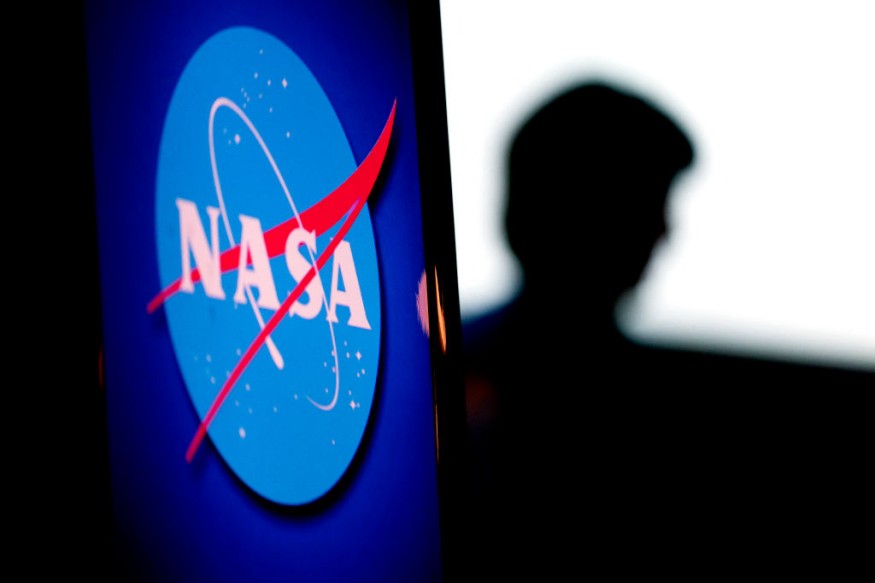
Satellites are amazing machines that orbit around larger objects in space, like the Earth and the Moon. While Earth and the Moon are called "natural" satellites, most people think of "man-made" satellites created by humans.
These satellites, which number in the thousands, are essential for many aspects of our daily lives, helping us see and understand our planet and beyond.
The Role of Man-Made Satellites
Man-made satellites perform various functions. Some take pictures of Earth, while others capture images of the solar system, the Sun, and even distant stars. This information is crucial for scientists as they explore our world and the universe.
Additionally, satellites help us communicate by sending TV signals and phone calls over long distances, making it easier to connect with people all around the globe.
Satellites can see large areas because they fly high above Earth, where they have a clear view of the sky and land. In the past, TV signals could only travel short distances and were often blocked by mountains or buildings, NASA said.
Now, with satellites, signals can be sent up to the satellite and then down to different places on Earth, making broadcasting and communication more efficient.
Most satellites have two main parts: an antenna for sending and receiving information and a power source, often solar panels that convert sunlight into electricity. The first satellite, Sputnik 1, was launched by the Soviet Union in 1957, marking the beginning of a new era in space exploration. NASA quickly followed, launching Explorer 1 in 1958, which provided vital data about Earth.
Satellites: NASA's Tool for Weather and Disaster Tracking
NASA uses satellites to study weather, climate, and even natural disasters. They help predict weather patterns and monitor events like wildfires and storms. For example, Hurricane Kirk's size and strength are tracked by satellites, allowing ships to avoid dangerous waters, according to the Weather Channel.
Without these technological advancements, many storms might go unnoticed, as was the case a century ago when storms could be missed entirely.
Today, satellites are key to improving our understanding of both Earth and space. They collect crucial data about environmental conditions and provide early warnings for dangerous storms. This progress not only saves lives but also helps us prepare better for the challenges posed by nature. In essence, satellites are like our eyes in the sky, giving us a clearer picture of the world we live in.
© 2025 NatureWorldNews.com All rights reserved. Do not reproduce without permission.





